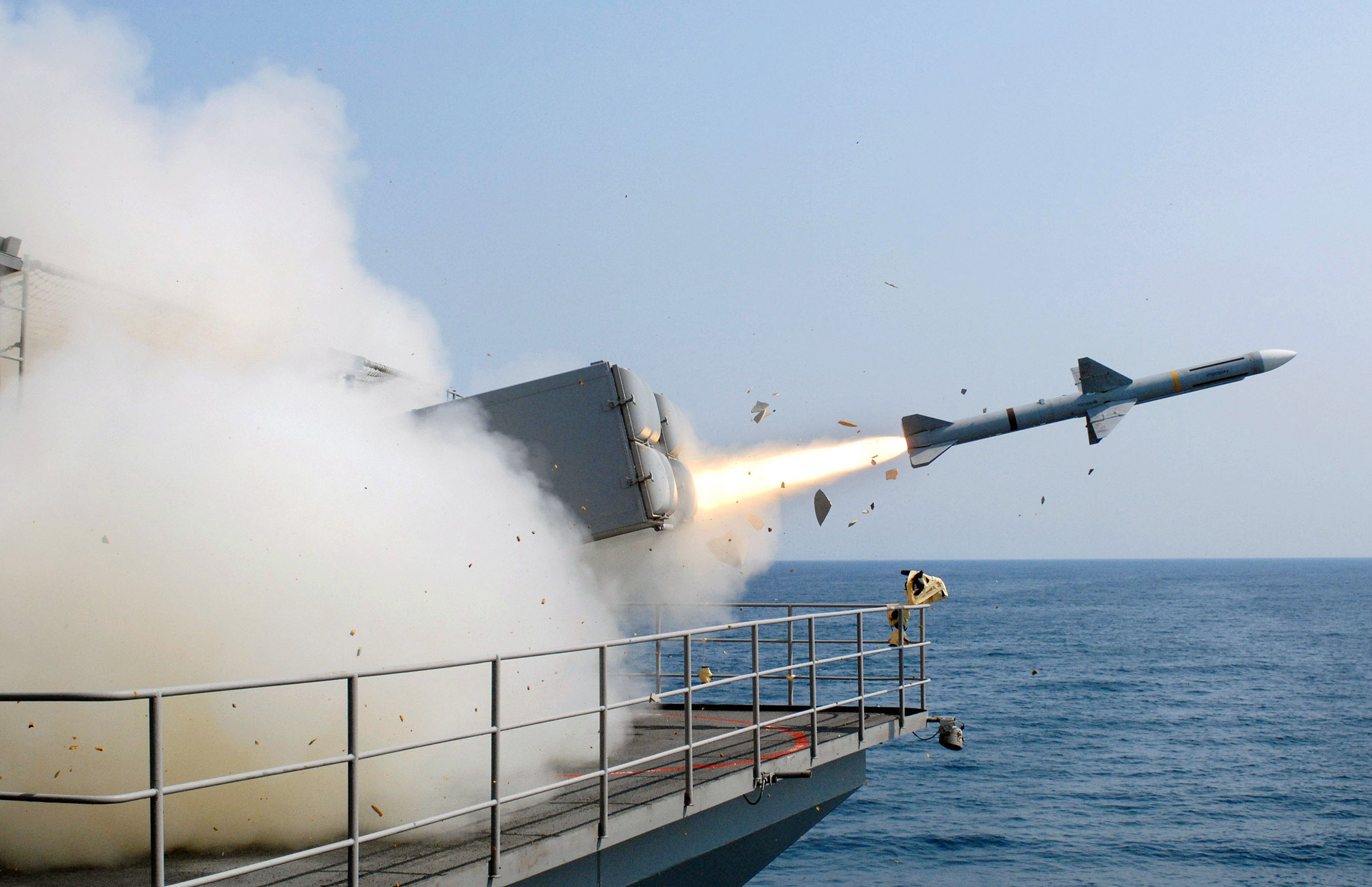Washington: In late 2022, meticulous preparations were undertaken by the United States for a potential threat of a Russian nuclear strike in Ukraine, a scenario not witnessed since the atomic bombings of Hiroshima and Nagasaki almost eight decades ago. Senior officials from the Biden administration disclosed exclusive details of the extensive contingency planning that unfolded during this tense period, CNN reported.
The Biden administration has been concerned over the possibility of Russia deploying a tactical or battlefield nuclear weapon in the ongoing conflict in Ukraine.
This marked a departure from the conventional warfare dynamics witnessed in recent history. The severity of the situation prompted the US to engage in rigorous preparation to mitigate the risks associated with such a dire prospect.
The decision to intensify preparations was not based on a single indicator but rather a culmination of various developments, analytical assessments, and critically, sensitive intelligence sources. The fear of a potential nuclear strike was not merely hypothetical; it was grounded in information that the US had acquired through its intelligence channels, according to CNN.
“We believed — and I think it’s our right — to prepare rigorously and do everything possible to avoid that happening,” emphasised a senior administration official, reflecting the gravity of the situation, CNN reported.
During the late summer to fall of 2022, the National Security Council orchestrated a series of meetings to formulate contingency plans. “In the event of either a very clear indication that they were about to do something, attack with a nuclear weapon, or if they just did, how we would respond, how we would try to preempt it, or deter it,” The CNNquoted the first senior administration official as saying.
The unexpected need for such meticulous planning was acknowledged by senior administration officials, who expressed that few anticipated dedicating significant time to prepare for a scenario that had seemed relegated to a bygone era.
The geopolitical landscape during late summer 2022 saw devastating setbacks for Russian forces in Ukraine. Ukrainian troops were making advancements towards the Russian-occupied city of Kherson in the south, posing a significant threat to Russian military objectives. The potential loss of Kherson, considered Russia’s most substantial gain since the invasion, raised concerns within the administration. The fear was that such a catastrophic defeat could serve as a “potential trigger” for Russia to resort to nuclear weapons, according to CNN.
“If significant numbers of Russian forces were overrun — if their lives were shattered as such — that was a sort of precursor to a potential threat directly to Russian territory or the Russian state,” explained a senior administration official. The vulnerability of tens of thousands of Russian troops in Kherson intensified the perceived risk.
Despite the territorial losses being within Ukrainian sovereign territory, there was a concern that Russian President Vladimir Putin might interpret it differently. Having declared Kherson as part of Russia, a significant loss there could be viewed as a direct threat to Putin and the Russian state.
The assessment of potential scenarios in which Russia would contemplate using nuclear weapons included situations perceived as existential threats to the Russian state or direct threats to Russian territory. The complexity of the situation was compounded by Russia’s dissemination of propaganda, including false claims about a Ukrainian dirty bomb. US officials feared that these narratives could serve as a cover or pretext for a Russian nuclear attack.
In October 2022, Russia’s Defence Minister Sergei Shoigu contacted defence officials in the US, the UK, France, and Turkey, expressing Kremlin concerns about possible provocations by Kyiv involving a dirty bomb. Despite Western officials rejecting these warnings, Russia escalated the issue by delivering a letter to the United Nations outlining the alleged threat. The US dismissed the Russian warnings but remained alarmed by the potential motivations behind them, the report added.
The situation took a more ominous turn with indications from Western intelligence agencies that Russian officials were engaging in explicit discussions about a nuclear strike. The first senior administration official described it as “indications that we were picking up through other means that this was at least something that lower levels of the Russian system were discussing.”
While the US had successfully intercepted Russian communications before the Ukraine invasion, providing accurate intelligence on the impending conflict, the situation regarding the potential nuclear strike was more nuanced. There was no concrete evidence suggesting Russia was mobilising its nuclear forces for an imminent attack.
“We obviously placed a high priority on tracking and had some ability at least to track such movements of its nuclear forces,” explained the senior administration official, adding, “And at no point did we ever see any indications of types of steps that we would’ve expected them to take if they were going down a path toward using nuclear weapons.”
The uncertainty stemmed from the nature of tactical nuclear weapons, smaller in scale than strategic nuclear weapons and capable of being moved quietly. This raised concerns that the US might not be able to detect such movements, especially if Russia intended to deploy these weapons from conventional systems already present in the Ukrainian theatre, CNN reported.
As the risk level escalated, multiple senior administration officials initiated urgent outreach efforts. Secretary of State Antony Blinken conveyed US concerns directly to Russian Foreign Minister Sergey Lavrov, while Joint Chiefs Chairman General Mark Milley engaged with his Russian counterpart, General Valery Gerasimov. Furthermore, President Joe Biden dispatched CIA Director Bill Burns to Turkey for discussions with Sergey Naryshkin, the head of Russia’s foreign intelligence service, aiming to gauge Russian intentions regarding a potential nuclear strike.
The US collaboration extended to its allies, with an emphasis on developing contingency plans and issuing warnings to Russia about the potential consequences of a nuclear strike. The National Security Council held numerous discreet conversations with core allies, ensuring alignment on the approach to addressing the evolving crisis.
This collaborative effort also extended to China and India. The goal was to dissuade Russia from executing a nuclear attack. Leveraging international concern, Chinese leader Xi Jinping and Prime Minister Narendra Modi played a crucial role in averting a crisis, the report said.
The US believed that highlighting global apprehensions, especially from key countries that held influence over Russia, would act as a persuasive factor. “I think the fact that we know China weighed in, India weighed in, others weighed in, may have had some effect on their thinking,” opined a senior administration official.
Since the nuclear scare of late 2022, the geopolitical landscape in Ukraine has undergone shifts, with the war entering a period of relative stalemate in the east. However, the US and its allies maintain vigilance, recognising the fluidity of the situation. “We continue to refine plans, and … it’s not beyond the realm of possibility that we could be confronting at least the rising risk of this again in the months ahead,” cautioned a senior US official, CNN reported.
This report is auto-generated from a syndicated feed





















Discussion about this post